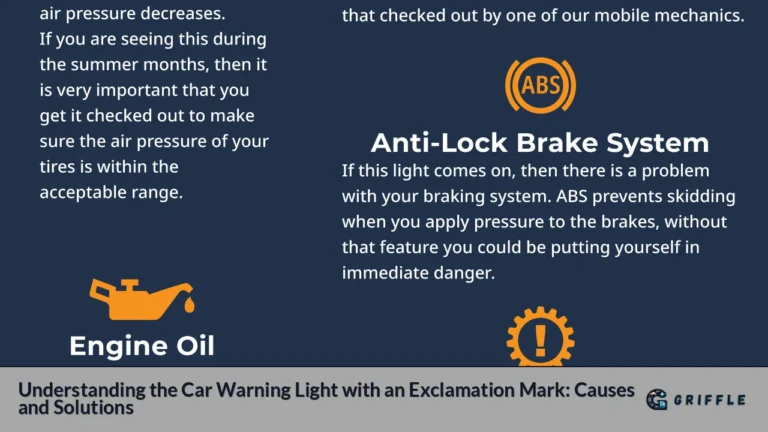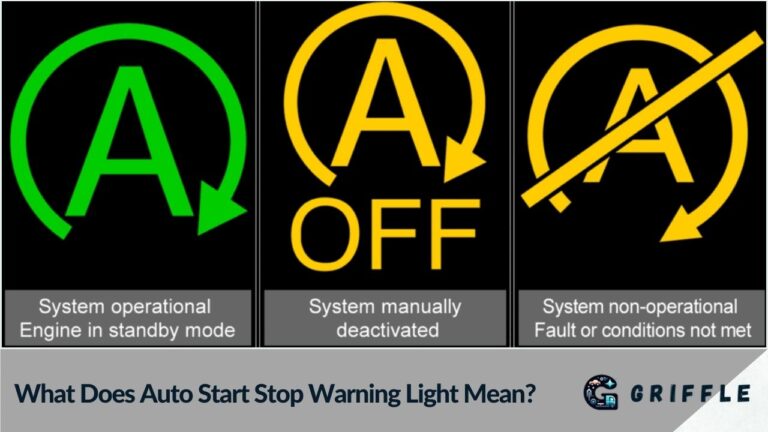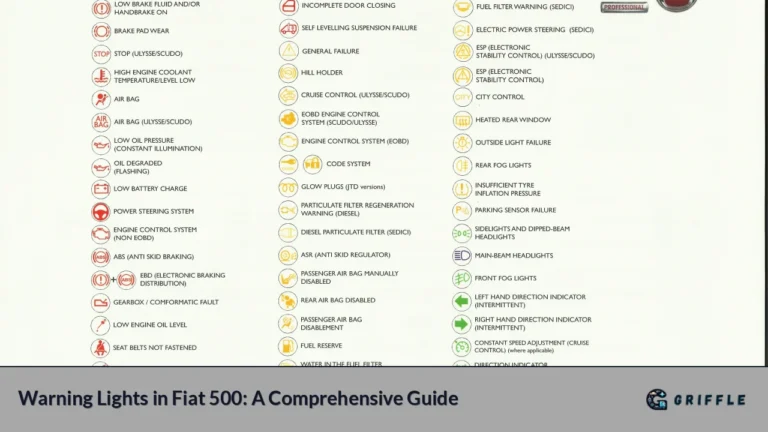Auto start-stop technology stands out in automotive advancements to boost fuel efficiency and curb carbon emissions. Drivers have expressed diverse reactions to this sophisticated feature, marking a significant stride in car engineering. Those who grasp its functionality and heed its warning signals can optimize advantages while ensuring safety.
Chrysler Auto Start Stop Warning Light: Causes and Solutions Unveiled
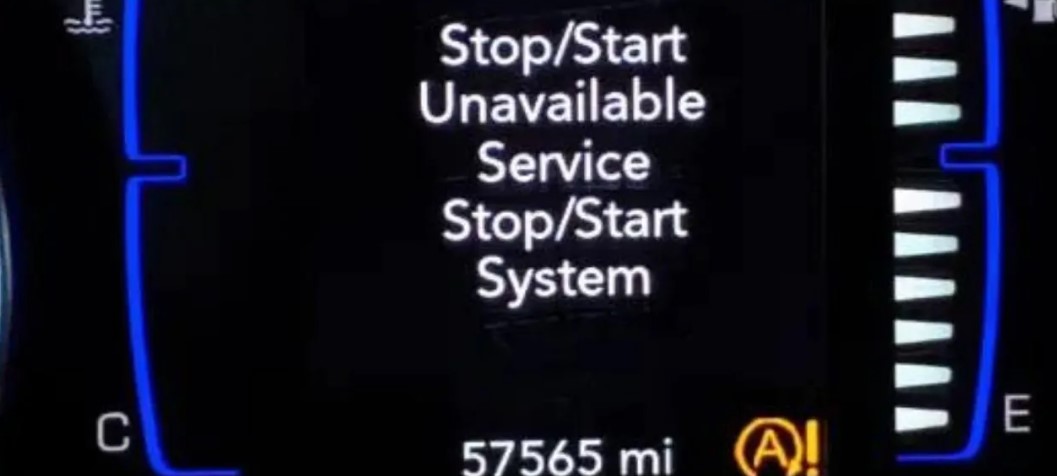
When the warning light for the auto stop/start system illuminates Chrysler vehicles, understanding the potential triggers and their remedies becomes paramount. Common causes, as identified in our research, include:
- Battery approaching the end of its life.
- Corrosion affecting battery terminals.
- Occasional electrical glitches.
- Sensor or system malfunctions.
- Software-related issues.
- A faulty Intelligent Battery Sensor (IBS).
Swift action is crucial upon spotting this warning light. The following comprehensively explores the auto stop/start system warning light and its implications.
Decoding the 2017 Chrysler Auto Start Stop Warning Light
- Green Light for Go: A solid green light signals the operational readiness of the start-stop system.
- Activation Signal: When the vehicle halts and the system is active, the light remains on, indicating its functionality.
- Amber Alert: A steady amber light denotes a system issue requiring attention, posing no immediate danger.
- Flashing Warning: Regardless of color, a flashing light suggests a potential system malfunction.
- Vehicle Communication: This light serves as the means for the vehicle to communicate the health of its start-stop system, which is vital for sustaining efficiency.
2018 Chrysler Vehicles: Automatic Start-Stop Mechanics and Activation Insights
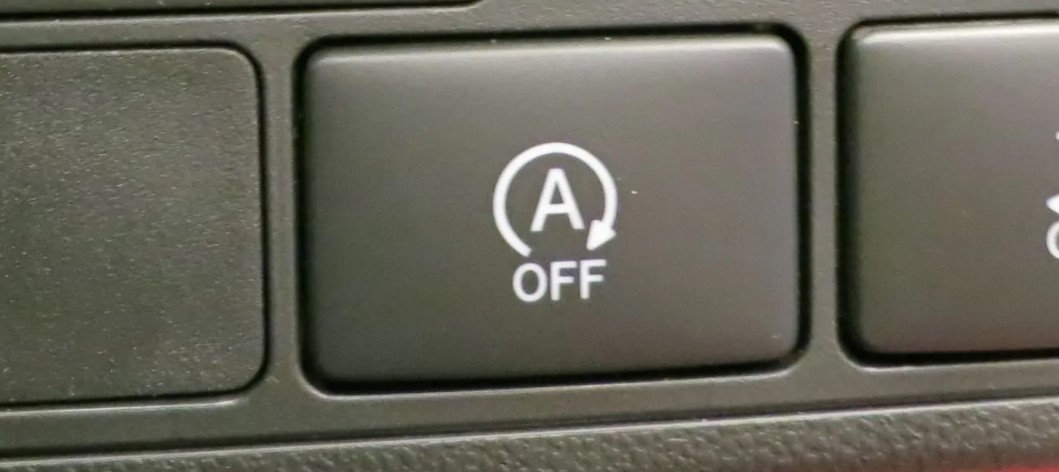
The system relies on advanced sensors and algorithms and monitors the vehicle's status and driver actions. For instance, it detects idle states when the car stops at a red light or in heavy traffic and subsequently shuts off the engine to conserve fuel. The system's efficiency lies in its prompt response; upon releasing the brake or engaging the clutch (in manual cars), the engine quickly restarts, ensuring a seamless driving experience.
Factors Affecting the Automatic Start-Stop System
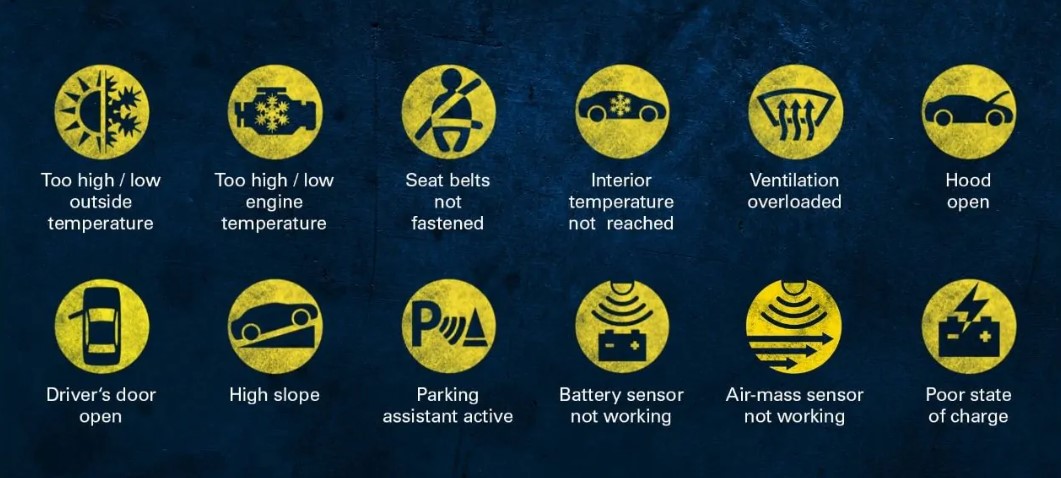
- Integrated Operation: Collaboration with other car systems determines optimal activation times.
- Battery Level: Low battery levels may hinder activation, as restarting the engine demands a specific energy threshold.
- Engine Temperature: The system checks if the engine is at the right temperature, refraining from activation in extreme conditions to safeguard the engine.
- Interior Comfort: Considering the cabin's temperature, the system may withhold activation on cold days to maintain interior warmth.
- Efficiency and Comfort Balance: Striking a balance between vehicle performance, passenger comfort, and fuel efficiency remains a priority.
Battery Requirements for Start-Stop Systems Unveiled

- Custom Design: Batteries designed for start-stop systems endure frequent starting and stopping, a departure from standard batteries.
- Enhanced Strength: Durability and capability for multiple charge and discharge cycles define these batteries.
- Specific Energy Delivery: Quick energy bursts facilitate engine restart, distinguishing them from traditional batteries.
- Longer Life Cycle: Engineered for numerous on-off cycles, start-stop batteries surpass their regular counterparts in longevity.
- Identifiable Features: Unique labels or markings aid easy identification of start-stop batteries.
- Special Maintenance: Specific care practices, distinct from standard batteries, ensure optimal performance.
- Cost Factor: Despite initial expenses, their extended life and fuel-saving benefits justify the investment.
Fuel Efficiency and Auto Start-Stop Technology
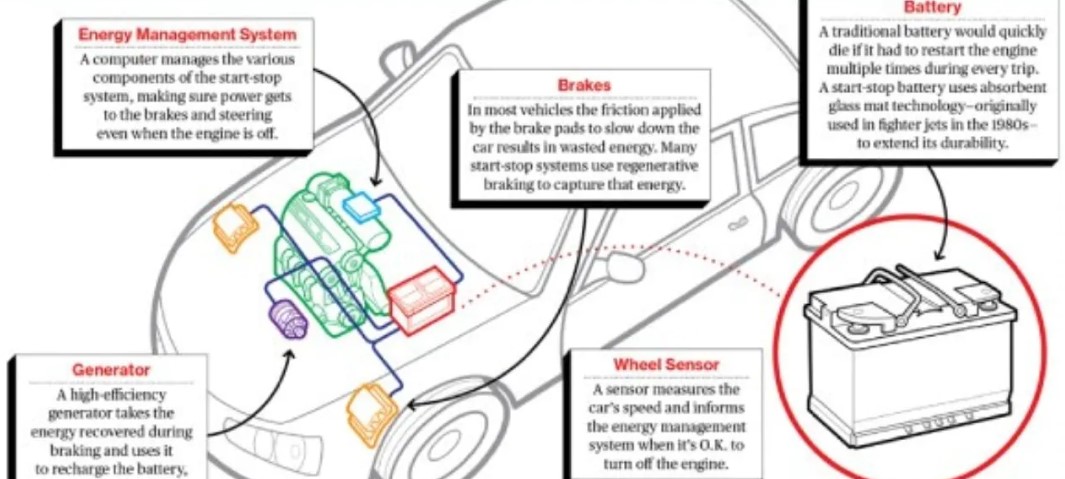
With fuel efficiency taking center stage amid rising costs and environmental concerns, the auto start-stop system emerges as a solution. Pausing the engine during short stops and swiftly restarting aims to reduce fuel usage and emissions. Real-world data suggests a 5-7% increase in fuel efficiency in stop-and-go traffic, making it a practical choice for city drivers and commuters. The resulting decrease in fuel consumption contributes to lower carbon emissions, benefiting both the driver and the environment.
Addressing Auto Start-Stop System Malfunctions

Like any advanced vehicle technology, the auto start-stop system may encounter issues. Detecting these problems early is pivotal in averting major concerns. Signs of malfunction include the system's failure to activate during typical scenarios, a continuous amber warning light, or a blinking engine start-stop button, which indicates a more urgent problem. Regular vehicle checks and reliance on a dependable mechanic are emphasized for a smooth, secure driving experience.
Start-Stop System Maintenance Costs
Maintaining the start-stop feature encompasses anything from basic software updates to intricate battery changes. Early detection of problems translates to substantial cost savings over time.
- Software Refinements: Affordable software updates, typically $50 to $100, can resolve certain issues.
- Sensor Replacement Costs: The cost of replacing sensors, which are crucial to the system's operation, may vary from $100 to $200.
- Battery Exchange Expenses: Start-stop batteries, specialized in nature, may cost between $200 and $500 for replacement.
- Diagnostic Assessments: If issues persist, diagnostic tests, usually priced between $ 50 and $100, will be necessary.
- The Value of Proactivity: Addressing minor issues promptly is more economical than addressing major repairs later. Therefore, prioritizing maintenance over repair is a cost-effective approach.
Parting Thoughts
The auto start-stop system epitomizes the automotive industry's commitment to innovation and environmental responsibility. A comprehensive understanding of its intricacies empowers drivers to manage minor issues effectively. For more substantial concerns, relying on professionals is a prudent choice. Ultimately, prioritizing safe and informed driving remains the cornerstone of a positive driving experience.
🚨 Don't miss this: What Does Auto Start Stop Warning Light Mean?




